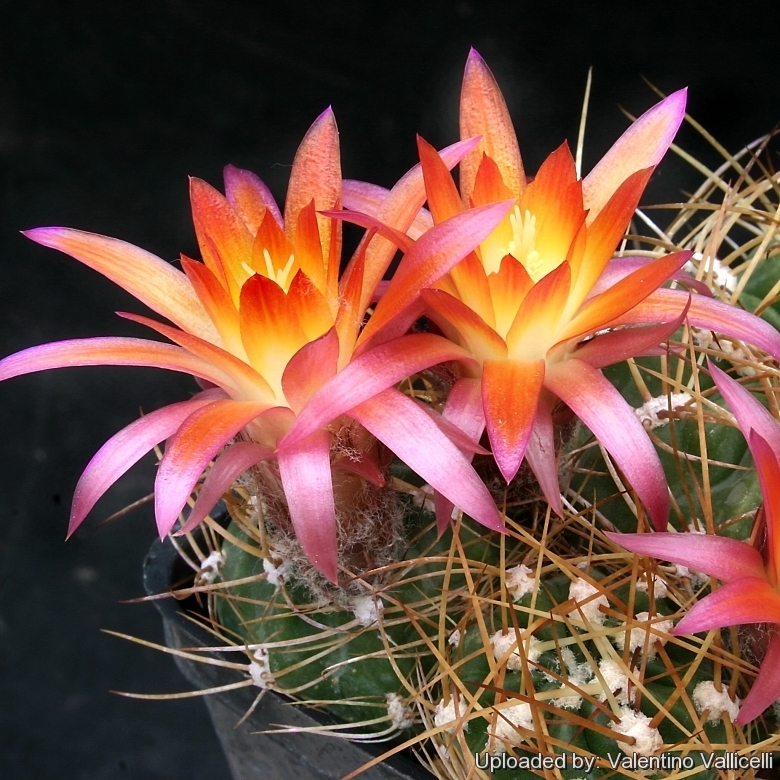
Echinopsis maximiliana subs. westii Photo by: Valentino Vallicelli
KK437 This species is one of the most remarkable Lobivia, with long curved yellow spines. The flowers are very eye-catching red, orange, yellow, white & fuchsia !
Origin and Habitat: Andahuaylas and adjacent areas, Apurimac, Peru
Altitude range: (2800-)3200-3700(-3900) metres above sea level.
Habitat and ecology: Echinopsis maximilianaSN|13469]]SN|13469]] subs. westii grows in ther Central Peruvian Andes at high elevations together with Oroya peruvianaSN|1494]]SN|1494]], and Tephrocactus floccosusSN|4107]]SN|4107]]. It has adapted to survive in a extremely rocky habitats that other plants can't survive in because of the lack of soil (at least in large amounts) and how dry it is. The plants are exposed to appreciable freezing in a tropical alpine climate where summer night-time temperatures can be -8° C.
Synonyms:
See all synonyms of Echinopsis maximiliana
Description: Echinopsis maximiliana subs. westii (firstly described as Lobivia westiiSN|13479]]SN|13479]] by Hutchison in 1954 ) is a local or morphological form of the widespread and variable Echinopsis maximilianaSN|13469]]SN|13469]]. At fist solitary it will soon start to branch at the base, older plants forms dense, large mats with straw-coloured spines, sprinkled brown. Is has a predominantly honey-coloured, orange or red flower with pale yellow throat and sometime violet tipped petals. Flower colour, as elsewhere in the genus is quite variable. However the distinguishing characteristics of the subspecies westii, appear to fall within the natural variation of Echinopsis maximiliana and it is often synonymized with the latter.
Root: Not beet-like.
Stem: Flattened globular (often elongated in cultivation), somewhat umbilicate at apex, bright green 5-15(-20) cm long, 5 cm in diameter.
Ribs: 16-18 spiral notched-tuberculate.
Areoles: With dull white wool, ± 2 cm apart.
Spines: Needle-like, yellow, amber or brown, unequal and somehow curved backward .
Radial spines: Around 8, up to 9 mm long.
Central spines: 1, 2.5 -4 cm long .
Flowers: Lateral, narrow funnel-shaped, 4-7 cm long. Inner perianth segments narrowly obovate abruptly acute spreading brilliant orange/golden-orange, outer perianth segments very colourful orange-red and often violet coloured. Throat white-yellow. The tube is greenish to reddish up to 4 cm long. Stamen and style short
Fruits: Globular, dull green, reddish or maroon, woolly 1-2(-4) cm long and in diameter.
Seeds: Black.
More...Subspecies, varieties, forms and cultivars of plants belonging to the Echinopsis maximiliana group
Bibliography: Major references and further lectures
1) Willy Cullmann, Erich Götz, Gerhard Gröner “The encyclopedia of cacti” Alphabooks, 1986
2) Walter Rausch “Lobivia: The Day Flowering Echinopsidinae from a Geographical Distribution Point of View”, Volumes 1-3 R. Herzig, 1975
3) Hans Hecht “Cacti & succulents” Sterling Pub. Co., 1997
4) Lowry, M., Ostalaza, C., Cáceres, F. & Roque, J. 2013. Echinopsis maximiliana. The IUCN Red List of Threatened Species 2013: e.T152125A599858. http://dx.doi.org/10.2305/IUCN.UK.2013-1.RLTS.T152125A599858.en. Downloaded on 03 March 2016.
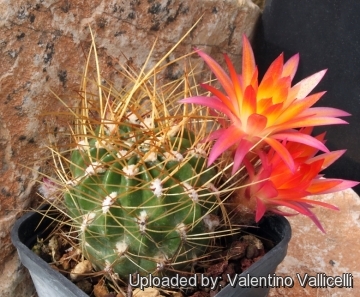 Echinopsis maximiliana subs. westii Photo by: Valentino Vallicelli
Echinopsis maximiliana subs. westii Photo by: Valentino Vallicelli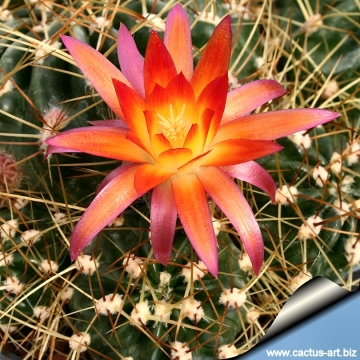 Echinopsis maximiliana subs. westii Photo by: Cactus Art
Echinopsis maximiliana subs. westii Photo by: Cactus Art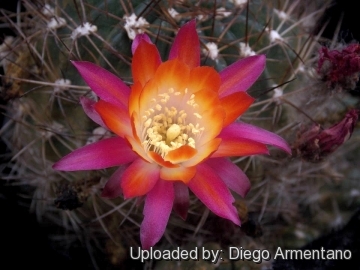 Echinopsis maximiliana subs. westii Photo by: Diego Armentano
Echinopsis maximiliana subs. westii Photo by: Diego Armentano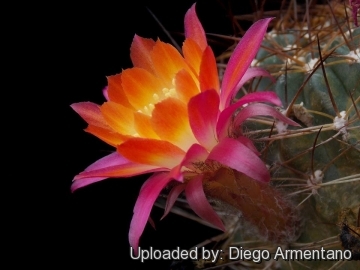 Echinopsis maximiliana subs. westii Photo by: Diego Armentano
Echinopsis maximiliana subs. westii Photo by: Diego Armentano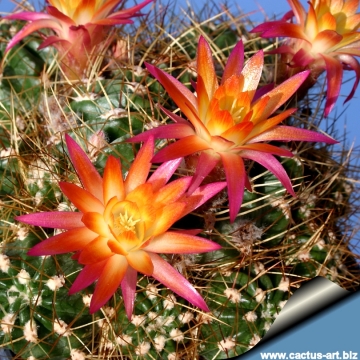 Echinopsis maximiliana subs. westii Photo by: Cactus Art
Echinopsis maximiliana subs. westii Photo by: Cactus Art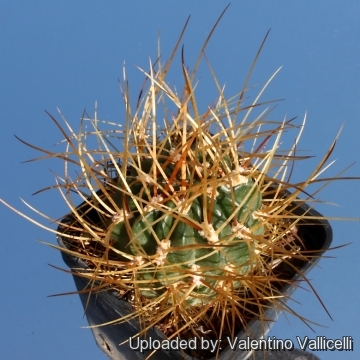 Echinopsis maximiliana subs. westii Photo by: Valentino Vallicelli
Echinopsis maximiliana subs. westii Photo by: Valentino Vallicelli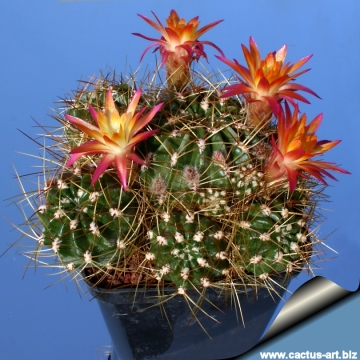 Echinopsis maximiliana subs. westii Photo by: Cactus Art
Echinopsis maximiliana subs. westii Photo by: Cactus Art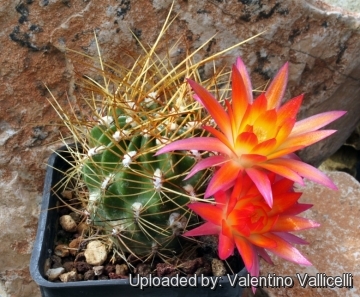 Echinopsis maximiliana subs. westii Photo by: Valentino Vallicelli
Echinopsis maximiliana subs. westii Photo by: Valentino VallicelliCultivation and Propagation: It is a summer grower species that offers no cultivation difficulties. It has a fairly large tap root, and should be kept in a deep pot with a very draining mineral substrate. Water regularly in summer (but do not overwater ) keep dry in winter. Feed with a high potassium fertilizer in summer. Repot yearly until reaching about 100 mm in size, then every two or three years will suffice. Repotting is best done at the end of winter but can be done at other times. Do not water for a couple of weeks after repotting to reduce risk of root rot via broken roots. Repotting will increase size of stems. It is quite cold tolerant if kept dry (hardy to -5° C). Outside it need a bright exposure, full sun or half shade in summer, inside it needs bright light, and some direct sun.
Propagation: Seed, grafting, cutting.
Your Photos
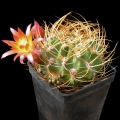
by Valentino Vallicelli



















